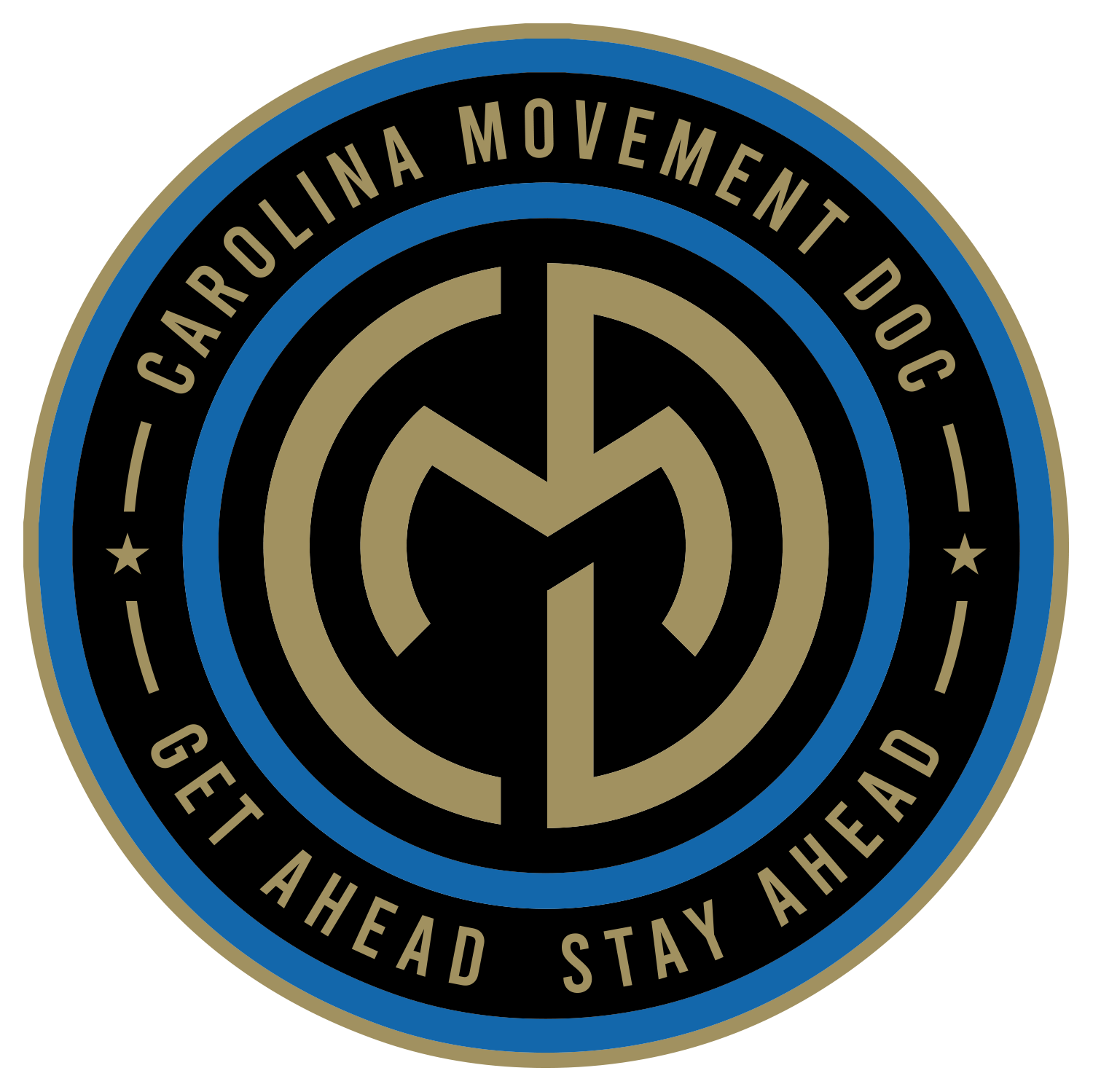Back pain with the golf swing
There is a saying that we have developed with the CMD team here and that’s the three “G’s” of getting older…Gardening, Grandkids and GOLF! Anything that stops us from any of the G’s severely detracts from our lives. So read up on how to avoid sitting out the next round of golf.
1. Warm-Up Properly Before Your Round
One of the best ways to prevent back pain is to warm up properly before hitting the course. Golf is a sport that demands rotational flexibility and strength, so preparing your body is essential. Without a proper warm-up, your muscles and joints are more susceptible to injury.Dynamic stretching is key. Focus on movements that involve rotation, such as Hip rotation (IR/ER), T-spine or mid back rotations, and shoulder circles. This will help increase mobility of the upper and lower body. Light cardio like brisk walking or gentle jogging for 5-10 minutes will increase blood flow to soft tissues such as muscles, tendons etc allowing for greater extensibility.Mobility drills for the thoracic spine (upper back), hips, and shoulders will help you achieve the necessary range of motion in your swing.
2. Improve Your Posture During the Swing
Focus on keeping a neutral spine during your setup. Avoid excessive arching in your lower back or rounding your shoulders.Try to engage your core muscles as you address the ball. A strong core can help protect your spine from unnecessary stress during the swing.During the backswing and follow-through, ensure your hips are rotating properly and that you're not over-arching your back to compensate for a lack of hip rotation.
3. Strengthen Core and Lower Back Muscles
One of the most effective ways to ease and prevent back pain is to build strength in your core and lower back. These muscle groups are essential for supporting your spine during the rotational movement of the golf swing.
My Tips: Core exercises like planks, bird-dogs, and dead bugs help stabilize the spine and reduce strain on the lower back. Incorporate lower back strengthening exercises, such as bridges, back exensions, good mornings, RDL’s and single leg hip hinges to support the muscles around your lumbar spine. Hip strengthening exercises (e.g., squats, lunges) will help with hip stability, which in turn reduces stress on your lower back during the swing.A strong back is a healthy back and will allow you to rotate freely and support your body’s movement during the swing, making it less likely to overload your spine.
4. Regular Mobility Routine
Muscle stiffness, especially in the hips, hamstrings, and thoracic spine, can decrease your ability to rotate fully during your golf swing. Limited mobility can lead to increased stress/overuse above and below said joints leading to tightness and pain.
My Tips: Focus on mobility in your hips and hamstrings with stretches like the hip flexor stretch (couch stretch), long sitting hamstring stretch, hip airplane and standing pigeon pose. Thoracic spine mobility is crucial for an effective golf swing. Try foam rolling or doing gentle thoracic rotations exercises to increase motion crucial for getting in proper positions throughout the swing. Moving through the NORMAL flexion/ext, L/R Rotation, and lateral flexion
5. Modify Your Swing Mechanics
Sometimes, back pain is the result of inefficient swing mechanics. At CMD we often help golfers tweak their technique to reduce strain on the back through the use of our Rapsodo Launch Monitor. If you work with a golf pro already, we would certainly defer these tips to the golf pro and communicate with her/him.
My Tips: Avoid over-rotation in the lower back. Focus on engaging your hips for rotation rather than relying solely on your spine. This can help reduce torque on the lumbar region.Ensure your weight is transferring properly during the swing. If you’re using your back to power through your shot instead of your lower body, it’s time to correct your mechanics.
Bringing it all together for you
Back pain from swinging is a common issue for golfers, but it doesn’t have to stop you from enjoying the game. By incorporating proper warm-up routines, focusing on posture, strengthening muscles that accelerate/decelerate the swing, and modifying your swing mechanics, you can reduce your risk of injury and manage back pain effectively.If you’re struggling with back pain, I encourage you to take the first step toward recovery. A personalized assessment and treatment plan will help you get back to playing pain-free golf while protecting your body for the long term. Ready to swing pain-free? Schedule a free discovery call today!
